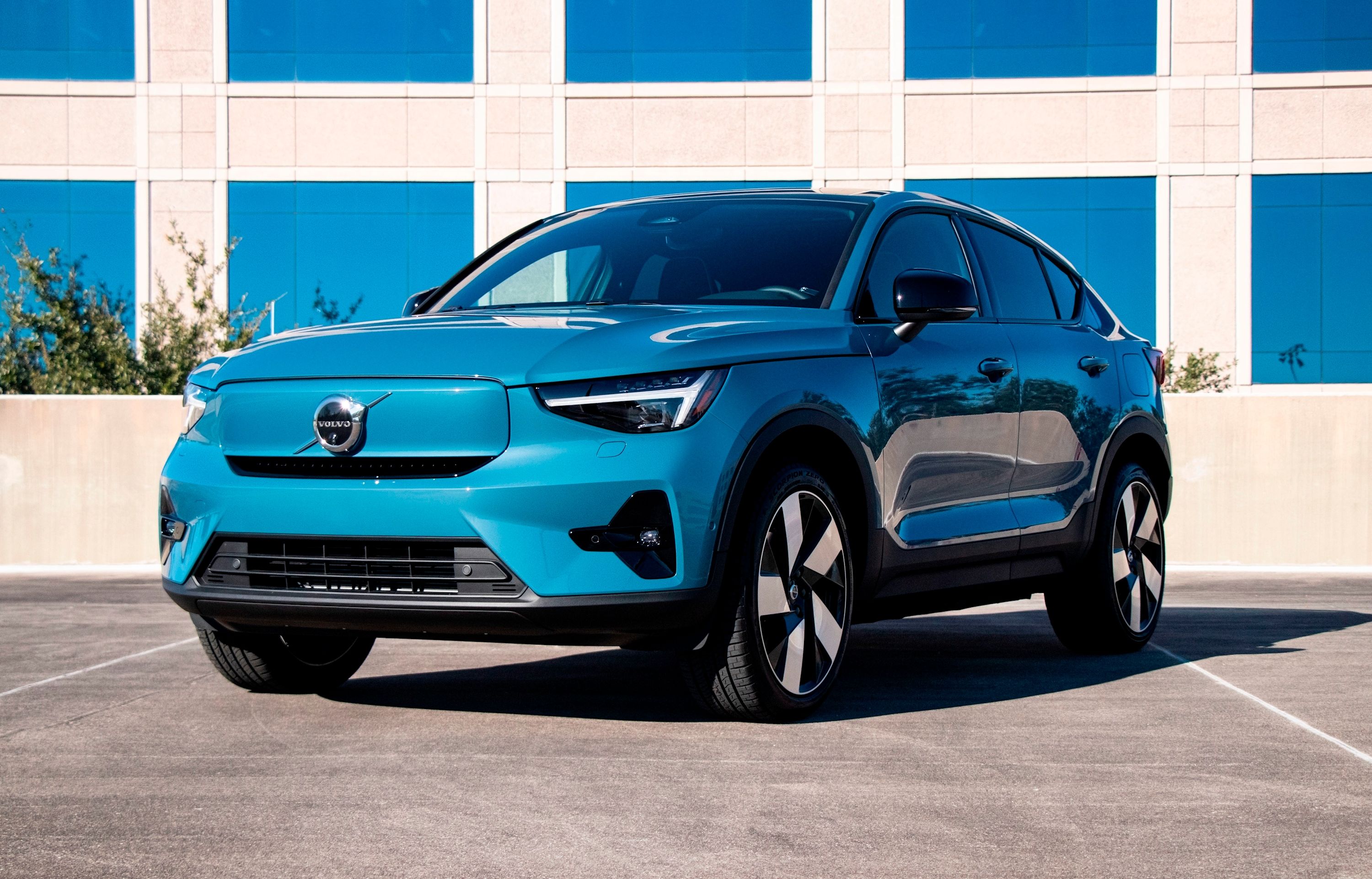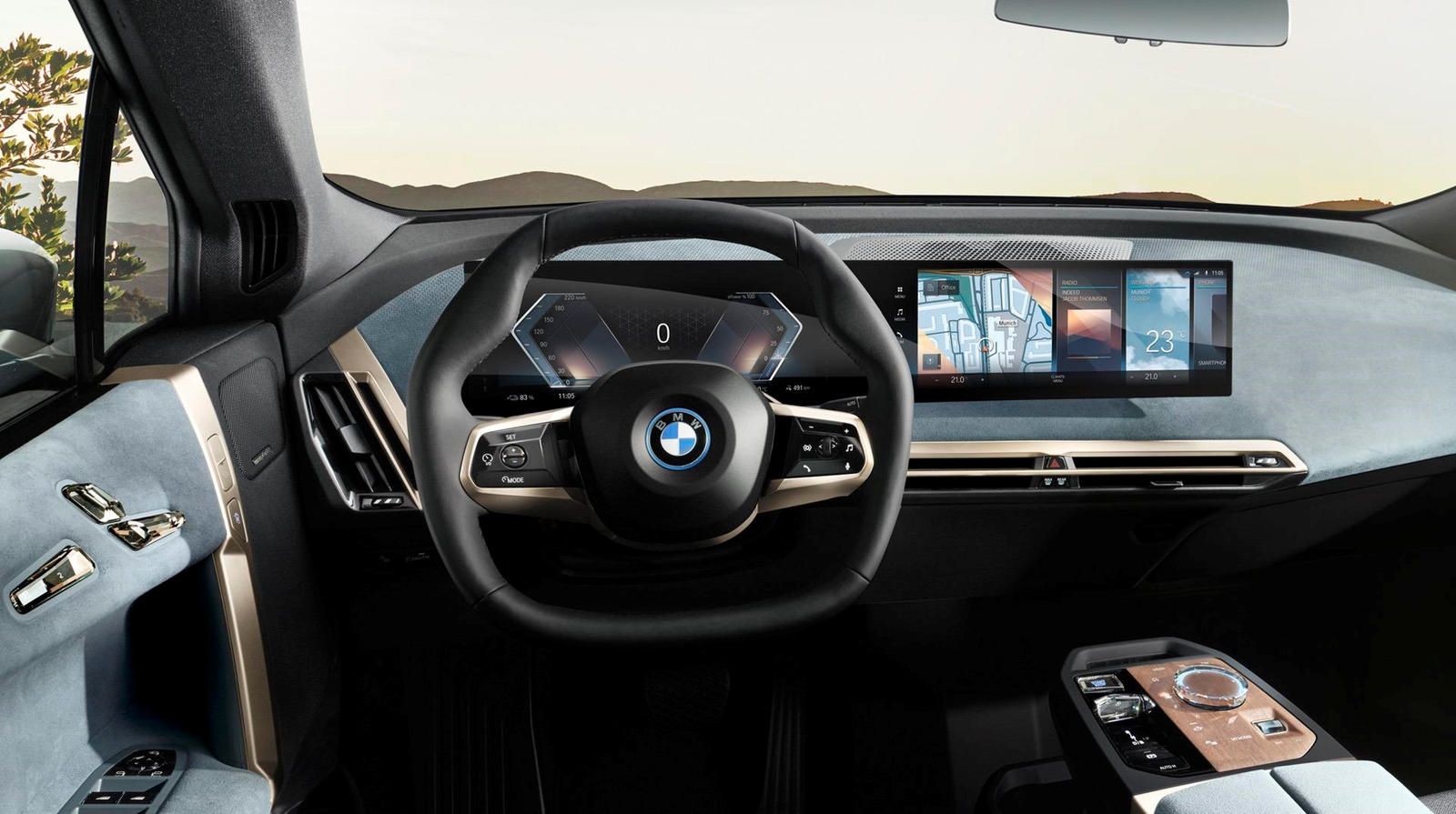
We've come a long way since the days when GPS navigation was a worthwhile option, having a CD changer in the trunk of your car was the height of in-car entertainment, and RDS was a feature that could cut into your music and give you traffic reports from the radio. People complain about distracted drivers, but back in the day it wasn't uncommon to see someone holding their Nokia cellphone on the crook of their neck and trying to change a CD at 70 mph while the cigarette lighter heated up.
Now, we have infotainment systems with digital screens and most of us have a mini computer in our pocket to connect to it. GPS systems and CD players have become irrelevant due to digitalization and the rise of streaming services. The modern infotainment system is all about computer hardware and software. As a result, it's a complex system that can vary wildly in features and implementation from automaker to automaker and model to model. In the middle of 2022, these are our favorite infotainment systems ranked from best to still-very-good.
1. BMW iDrive 8
When BMW launched iDrive in 2001, it was a bit of a mess. However, the rotary knob placed on the center console to control the system was a sound concept. BMW has gradually refined the system over twenty years to get to the eighth iteration, and it's brilliant. Technically, iDrive 8 is more complex than iDrive 7, but it's also more intuitive to use. It's faster and smoother when responding to inputs, and the dial allows the user to move freely within the menu system and across apps without having to lean forward and try and tap parts of the screen with a finger. The way it scrolls, rocks, and clicks becomes natural quickly, and the system's integration with the driver's instrument panel is seamless and flexible. BMW's voice control technology has also elevated to the point that you can tell the system what part of your body is too hot or cold, and it will change the climate control for you. The voice control system can also respond non-verbally using glowing spheres of light in different brightness levels across the dashboard. We still don't find the gesture control consistent, though.
2. Volvo Android
Since Apple CarPlay and Android Auto entered the infotainment game, many of us have wondered why automakers haven't gone directly to the source. After all, Apple has been building operating systems for decades, while Google has been at the forefront of connected services for years. Volvo took the plunge in 2021 and baked Google Assistant into the all-electric powered Volvo C40 from the start. Now, you don't need to hook up a phone to use everything from Google Assistant for navigation to Spotify. Volvo is introducing new apps consistently and retrofitting them "to all Volvo cars with Google built in." Like BMW's iDrive 8, the voice assistant will change the climate control for you, and if you use Google's home products or the assistant on your phone, you'll soon be able to precondition your car with a voice command from inside the house.
Volvo hasn't forgotten about iPhone users, and it plays nicely with CarPlay as standard, although we're waiting for wireless CarPlay to be added.
3. Toyota Connected
Toyota, and by extension, Lexus, have also realized that utilizing Google at its core is a good idea, although not to the point of handing the whole system over. Toyota's new infotainment system is a thoughtful implementation that includes voice control that learns and can control parts of the vehicle systems, including windscreen wipers.
Toyota's implementation of Google Maps is the best we've seen yet. The Drive Connect Cloud Navigation actually stores an entire route when you start out, so you can't go off the map when losing 4G or 5G connectivity. Wireless Apple CarPlay and Android Auto are standard as they now should be on every system, and with Toyota's mobile app, you can start the car using your phone. The new screens are sharp, and the interface is fluid to use as Toyota has focused on simplicity.
4. Hyundai/Genesis/Kia
For the sake of brevity, we'll just call this Hyundai's infotainment system and concentrate there. Hyundai focuses particularly well on connectivity and utility. We love it because it just works and works intuitively, whether from inside the car or using the Blue Link app to start or precondition the car, find the car, or do things like giving someone a virtual key to drive the car for a set amount of time. Or, as one engineer pointed out, their kids have the virtual key on their phones that can only open the trunk so they can load and unload their sports gear. Hyundai's voice command has always been one of the best when it comes to understanding voices, and it remains so. Hyundai also bakes in as many ways to connect as possible as standard, including Amazon Alexa, Apple CarPlay, and Android Auto. It's joyous to say, "Alexa, start my Elantra," on a cold morning, then get into a toasty warm car ten minutes later.
5. Mercedes-Benz MBUX
Mercedes has always been at the cutting edge of technology and continues to push forward with its Mercedes-Benz User Experience (MBUX) system. What sets it apart from others is how configurable it is across the displays, the breadth of features, and, of course, its cost. One of the MBUX system's biggest strengths is its ability to learn and remember things like common destinations and favorite songs. The system interprets hand and arm movements to activate different functions on certain models, much like BMW's system. However, MBUX uses either a touchpad in the center console that can understand single- and multi-finger gestures or a touchscreen. MBUX isn't higher on this list because of the required learning curve and cost. For example, larger MBUX screens are part of a $1,750 package for the Mercedes A220, MB Navigation adds another $1,300, and you even need to pay extra for SiriusXM.
6. General Motors Google Built-In
GM's new system with Google Built-In also offers Google Voice Assistant and Google maps and will soon be updated to include Amazon Alexa. The system also includes the Google Play Store, just like your phone, and back-seat passengers with screens also have access to the apps downloaded. If you don't want to use all that, wireless Apple CarPlay/Android Auto are available. It's not a flashy system, but GM has got the basics right. Most importantly, it's pleasantly easy to use and not distracting. For Super Cruise-equipped vehicles, Google Maps can also identify roads compatible with the hands-free driving system.
7. Stellantis Uconnect 5
You'll find Uconnect 5 on Chrysler, Dodge, Jeep, and Fiat vehicles. Its major selling point is its large feature set and overall cohesiveness as a system. Alexa and Google Assistant are built in, and for families, Fire TV is built into vehicles with entertainment displays in the back. Even the TomTom Navigation part of the system is good, and we rarely meet a navigation system built into a car that isn't Google based. It is on this list, though, mainly because of its ease of use. Uconnect 4 and 5 are both intuitive to use, with information and options presented clearly and logically. While the Mercedes MBUX can overwhelm, Uconnect never does, despite the wealth of features and settings. However, Uconnect 5 is not in the top three of this list because the software can be laggy, which leads to frustration at times. Given that Uconnect 5 is a step up in processing power over Uconnect 4, we expect software updates will cure any lagginess and turn it into a top-slot contender.

